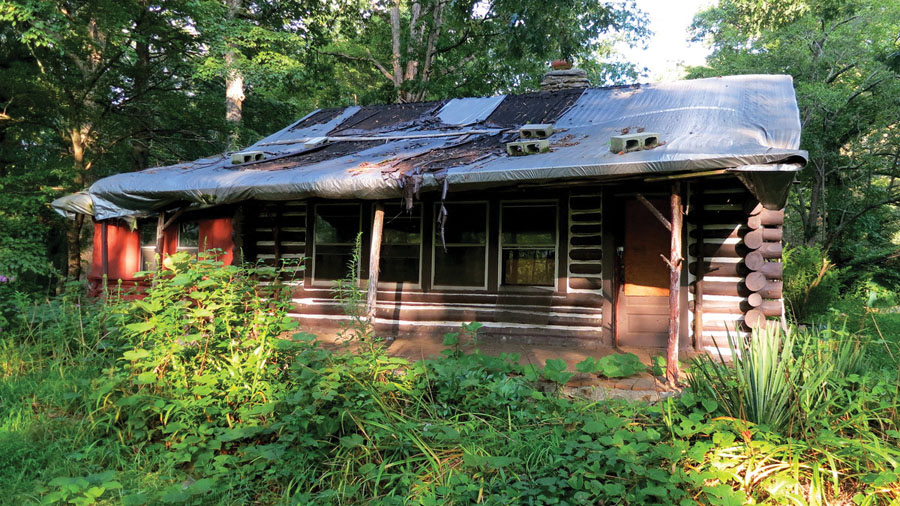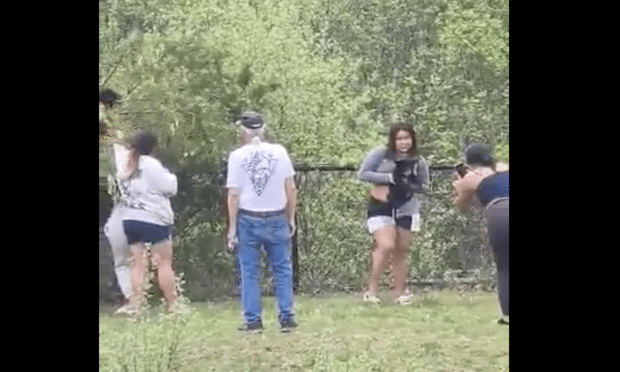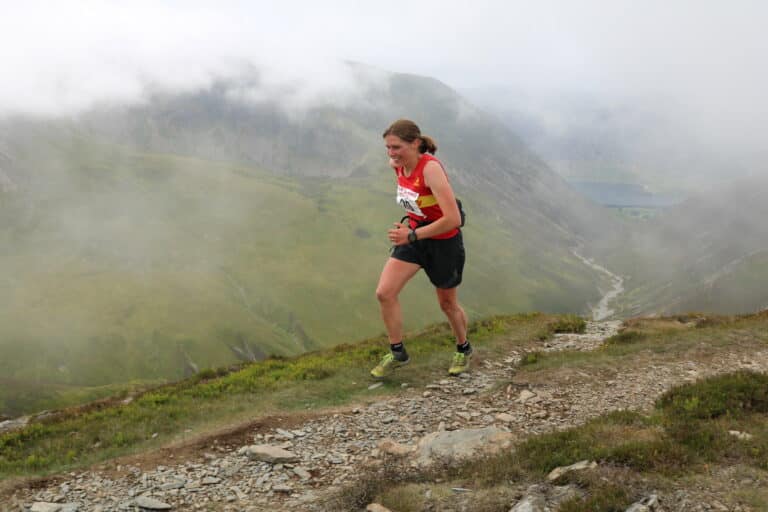Photo Courtesy of Dave DeBaeremaeker
I was a graduate student in Louisiana, where I hoped to become the writer I’d dreamed of being. But after moving to the bayou, all I could write about were the Blue Ridge Mountains. So I came back to visit my friend Thomas and his wife Amanda in Asheville, the home of one of my writing heroes: Thomas Wolfe.
Much of Wolfe’s autobiographical fiction is about a young man struggling to leave his hometown, a city clearly based on Asheville. Wolfe spent his twenties longing to get out of the mountains. I’d spent my twenties longing to get back in.
Thomas and I took a tour of the Thomas Wolfe House—the Old Kentucky Home—in downtown Asheville, and after the tour, I found Thomas standing in front of a photo of Wolfe taken during the summer of 1937 beside a cabin in nearby Oteen. At the cabin, he entertained a steady stream of celebrity hounds while writing a story entitled “The Party at Jack’s,” which would eventually be folded into You Can’t Go Home Again when the novel was published after his death. The story was based on a real party Wolfe had attended years earlier in New York.
“Where was the cabin?” Thomas asked.
“I’m not sure,” I said. “But I’ve heard it’s still there.”
Half an hour later, we were driving up and down Swannanoa River Road in Oteen. One of the volunteers at the Wolfe Memorial had given us a few landmarks for the cabin. “There’s supposed to be some posts to drive between,” he’d said. “It’s up a dirt road, right near the recreation park.”
Soon we were heading uphill on what seemed to be a long-forgotten gravel drive. The road opened to a clearing atop the ridge, and a small log cabin sat before us. We parked and stood in the hot afternoon sun, wondering if we were trespassing and, if so, what would happen to us if we were caught.
A plastic tarp covered the cabin’s roof. Vines crept up the sides and tree limbs disappeared into the eaves. The front door was padlocked, and the bright sunlight made it impossible to see anything through the windows. When we walked around back, we stumbled upon a sign that had been yanked out of the ground and left behind: it read “Tom Wolfe’s Cabin.” Like the cabin, the sign appeared forgotten. It made me wonder if Wolfe’s return to Asheville had been forgotten as well.
The Old Kentucky Home in downtown Asheville will always be remembered and celebrated not because Wolfe lived there, but because he wrote about it and immortalized it. He never wrote about the Oteen cabin, and while he lived there he wrote about a party in New York City.
As Thomas and I climbed into the car and bumped back down the gravel road, I found myself wondering if Wolfe needed to leave New York to see that party clearly enough to fictionalize it. Similarly, I’d often wondered if he’d had to leave Asheville to create Altamont. It wasn’t his current location that concerned Wolfe while he was writing; it was his memory of it that mattered.
Once I was back at my desk in Louisiana, I didn’t have to step over a babbling stream to hear it. I didn’t have to stand on a ridge to feel the breeze coming up from the valley below. I realized that I didn’t have to be inside the Blue Ridge Mountains to write about them. They were already inside me, and that was good enough.








